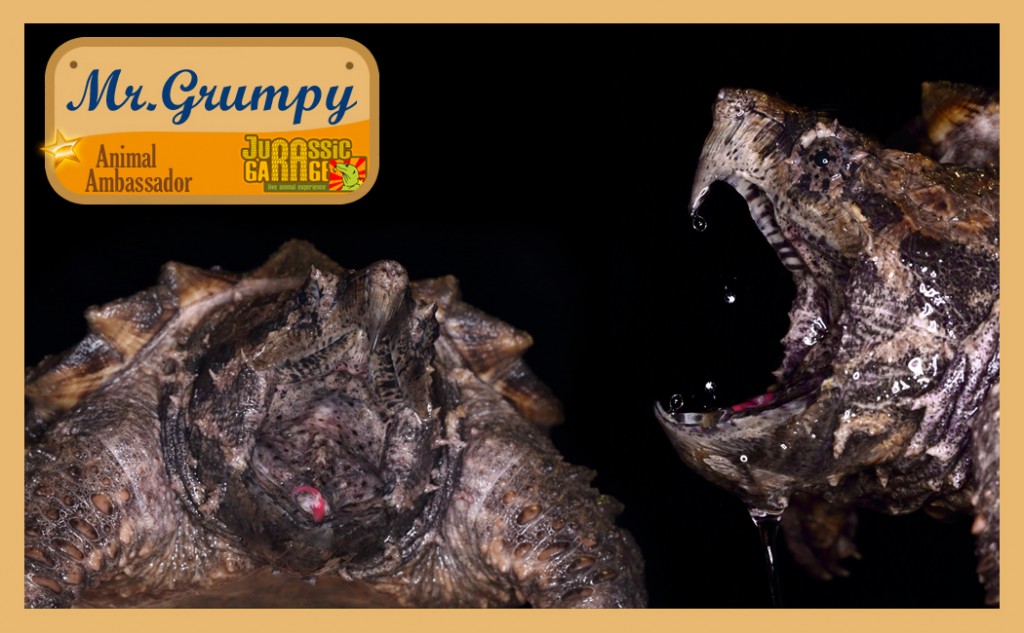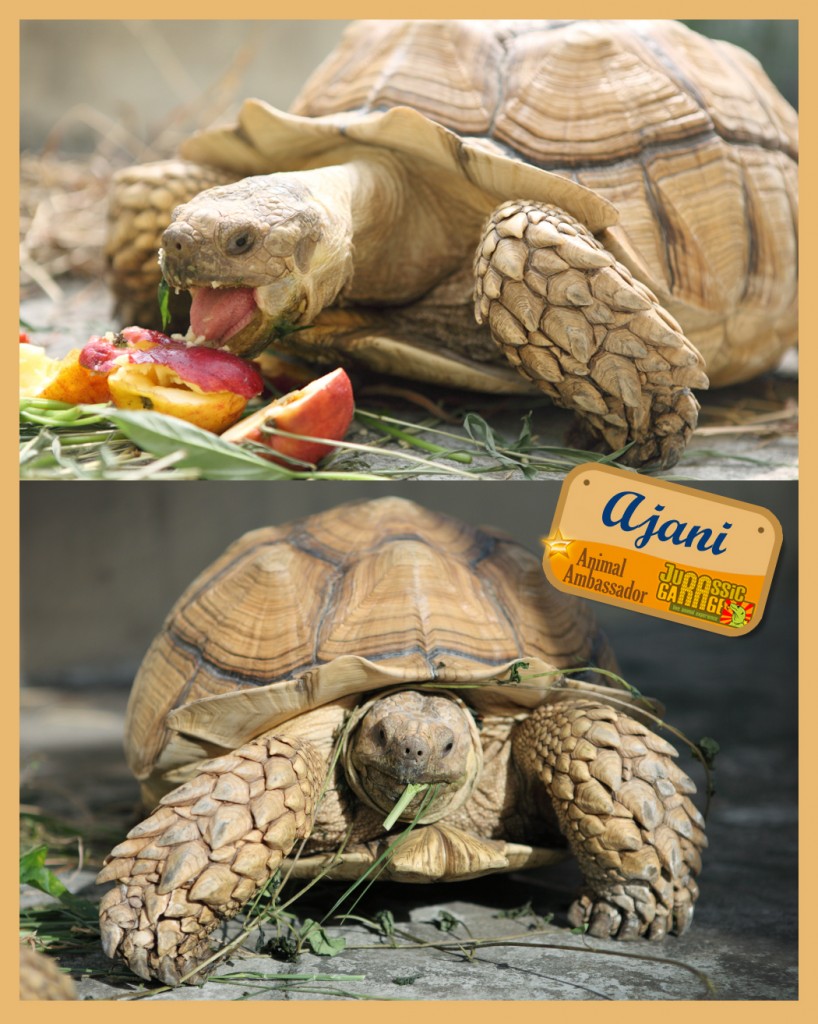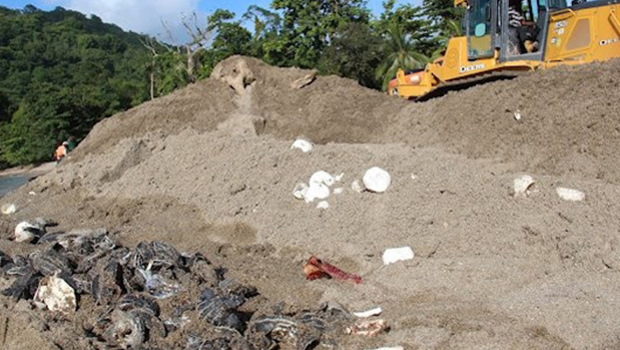feat.
Alden the Aldabra giant tortoise
Max the African spurred tortoise
Mr. Grumpy the Alligator snapping turtle
Don’t forget to share and subscribe!

feat.
Alden the Aldabra giant tortoise
Max the African spurred tortoise
Mr. Grumpy the Alligator snapping turtle
Don’t forget to share and subscribe!
Alden the giant tortoise from the Seychelles feeding on wild yam. Just a juvenile now and can weigh over 500 lbs when grown.
Typical afternoon at one corner of JG. All-you-can-eat vegan buffet served every day. Today we’re serving freshly harvested wild yam.

Mr. Grumpy is an alligator snapping turtle. Obviously, he is always very grumpy. That’s typical of this species. The healthier these turtles are the angrier they can get to scare you.
Many people like our gentle animals. But if you think no one likes Mr. Grumpy you’re wrong. People are scared of him but at the same time fascinated by the unique nature of him. He has a lot of fans indeed! Are you one of his fans?

Have you met / fed this awesome gigantic tortoise in our shows?
Ajani is the alpha male of our African tortoise gang. The name Ajani comes from the African origin meaning a warrior who fights for possession and wins the struggle. As a leader, Ajani keeps the tortoise gang in order and stops other tortoises from fighting for fruits (mainly because he will grab all the juiciest fruits before anyone else) The strategy is that he will push the food to a corner and occupy the entire corner with his big fat shell so nobody else can reach the food. Remaining greedy is how they survive in the wild in an arid desert where food is scarce.

(AP Photo/Papa Bois Conservation)
Within 2 weeks time, the earth has lost its last remaining Pinta Island Giant Tortoise, and up to 20,000 Leatherback sea turtle hatchlings. Both species have a natural lifespan of over 100-150 years.
The former species was the world’s largest tortoise, which is just extinct.
The latter is even bigger. It is the largest of all living chelonians. The largest recorded specimen was 10 ft long and over 2,000 lbs, found in 1988.
Giant animals might be stronger than smaller animals physically. But when it comes to survivability under human-caused threats, a chihuahua in a lady’s handbag can be stronger.
The Leatherback is a unique turtle not only because it is the largest turtle. It also has a special carapace covered by skin and oily flesh instead of a hard bony shell like other turtles. The only extant member of the family Dermochelyidae, now it is listed as critically endangered – one step beyond extinction. With an environment like now, we estimate it will go extinct within 10-15 years.
This time, a Ministry of Works employee operates a bulldozer next to destroyed as many as 20,000 leatherback eggs and lively hatchlings on the banks of the Grande Riviere Beach in Trinidad. It was claimed to be working with a shifting river that was threatening a hotel where international tourists watch the rare turtles lay their eggs. That is ironic.
It, again, proves that eco-tourism has to be done by professionals with conservation background. Otherwise it only kills the nature.
The critically endangered sea turtles are not only treated by tourism, pollution is another as everyone knows. But maybe not everyone knows how exactly. I have done autopsies on dead sea turtles washed ashore. The turtles were gut-loaded with plastic bags. Plastic bags floating in the sea look like jellyfish, which is their main diet.
Learn more, people. You don’t see blood doesn’t mean you haven’t killed them.
Yesterday was one of a few days I shed my tears in recent years, because a tortoise has died.
I did not shed a single tear when my grandfather died. Indeed, this 100-year-old giant tortoise means much more to me.
 His name is George, Lonesome George. He’s the first tortoise I’ve ever heard of when I was a kid and the first specific animal I would make a special trip to visit.
His name is George, Lonesome George. He’s the first tortoise I’ve ever heard of when I was a kid and the first specific animal I would make a special trip to visit.
He was the last survivor of the Galapagos giant tortoise, the world’s largest tortoise, subspecies being lonely for over 40 years. His death means an extinction of the Pinta Island giant tortoise.
I will always remember your special smell when you sneezed in front of my face. An extinction was not unexpected but I thought that day would come after I die.. Rest in peace, George.
The Galapagos giant tortoise is not only the largest tortoise on earth, and the symbol of the Galapagos, it also helped Charles Darwin much with the Theory of Evolution.
What makes the tortoise go extinct?
Galapagos is one of my favorite places. When you go to a rainforest or desert and encounter an animal, it would normally have fled away before you can reach it. But animals in Galapagos are surprisingly laid-back. Mostly it looks like they do not care when people come close and even touch them. It looks like they are lack of a sense of self protection, or actually they don’t need it because it is a peaceful land. It was, before people entered the islands.
The island was home to thousands of tortoises before people arrived. Sailors took the tortoises as a valuable source of meat. What made it worse is they used to collect mainly females which are smaller and easier to carry on the ships. It heavily reduced the number of tortoises on the island. The sailors had to look for another option of meat, so they introduced goats. The population of goats kept going up and soon it had dominated the island and eaten up most of the vegetation that the tortoises used to rely on and destroyed tortoise eggs. In 1906, research reported that there were only 3 male tortoises left. Afterwards 2 of them died, and George remained the last survivor for over 40 years.
It is always heartbreaking to see an animal die, especially some long living ones like tortoises. They can live to 200 years, but at the same time their life is very fragile. They take over 20 years to become mature enough to mate so every egg counts. Galapagos is already one of the most peaceful paradise for the animals. You cannot imagine how dark is the future of tortoises of the rest of world. I can understand why people would have to take tortoises as a food source back in the 1900’s. But now in 2012 how could there be some people still eating turtles?
This massive 8.9/9.0 magnitude Japanese earthquake shows once again how powerful natural disasters can be. I wish our friends and everyone in Japan all the best.
From the news we get an idea of how bad the damage is to people. There will probably be not much information about that of wildlife but I guess the damage to Japanese animals would not be any smaller.
Japanese wildlife might not be so well known as the Chinese or Australian ones, but from my knowledge Japan has a pretty good variety of species. Within those there are over 50 species of mammals and more than 70 species of reptiles and amphibians that are endemic to Japan. Here is one of them, the Japanese Pond Turtle (Mauremys japonica).
We all understand how important it is to protect endangered species. But on the other hand, species that are endemic to a small area are running the same risk, such as the Japanese Pond Turtle above, even though they are not yet considered a threatened species.
From the Japanese quake we realize how fragile endemic animals can be. Once that area is damaged, the entire species is gone, means extinction. Damage can easily be caused by natural disasters, wars, pollution, deforestation, just to name a few.
Protecting the environment is what we have to do, but this is never enough. Captive breeding should be a thing to do to complement each other. It might not be the most natural way but at least it saves the species in case if its natural habitat is damaged.
For instance our animals which were born in our farm are living a meaningful life not only to help strengthen its gang but as well to be an ambassador for its own species educating people.
I am a natural person myself but for the sake of animals lives I think we should practice extraordinary solution for extraordinary period.
Ladies and gents now I’m introducing our tortoise star – Ajani!
Yeah this is him, the giant tortoise you might have seen before! Has this big boy taken any veggies from your hands?
We have a gang of African desert tortoises. This is Ajani, now weighs 80 pounds, among the largest ones and a very strong boy. Ajani is an African name means “He who wins the struggle”, simply describes this heavy armored tank.
He is the dominant male of the gang and he maintains order within the tortoises. Whenever there are enemies he will step forward bravely and show some courage. No matter how much bigger the enemies are he will never step backwards. He has ever challenged cats, dogs (some rottweilers as well!) and the pot bellied pig.
Dominant male African desert tortoises are naturally born warriors. Many think tortoises are peaceful creatures. That’s true towards other animals but among male tortoises they have to fight very toughly for territory and a mate. How do they fight? They struggle! The winner is who can turn over another up side down. The loser, if he cannot turn back, will die alone in the boiling hot desert. In our desert trips it is not rare to find empty shells up side down being a snake den or lizards shelter.
But there are many animals Ajani doesn’t see as enemies. He likes lizards and parrots and will let them stay on his shell. He also likes crawling kids! Probably because he thinks he walks faster! 🙂 and yeah, definitely he loves any human who holds a piece of carrot.
Next time when you will meet Ajani don’t forget to bring some veggies with you!